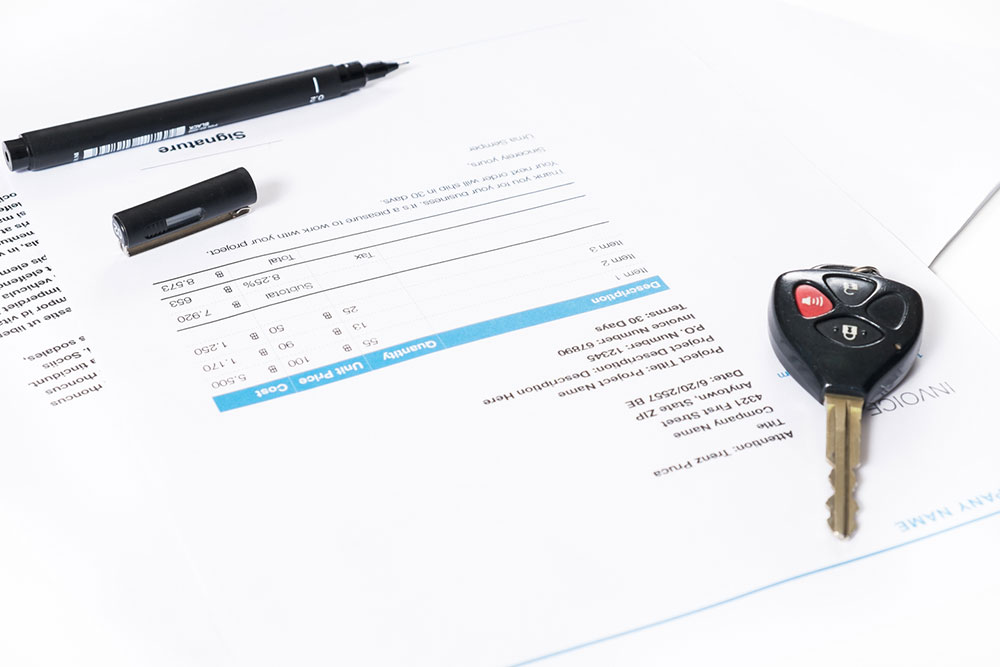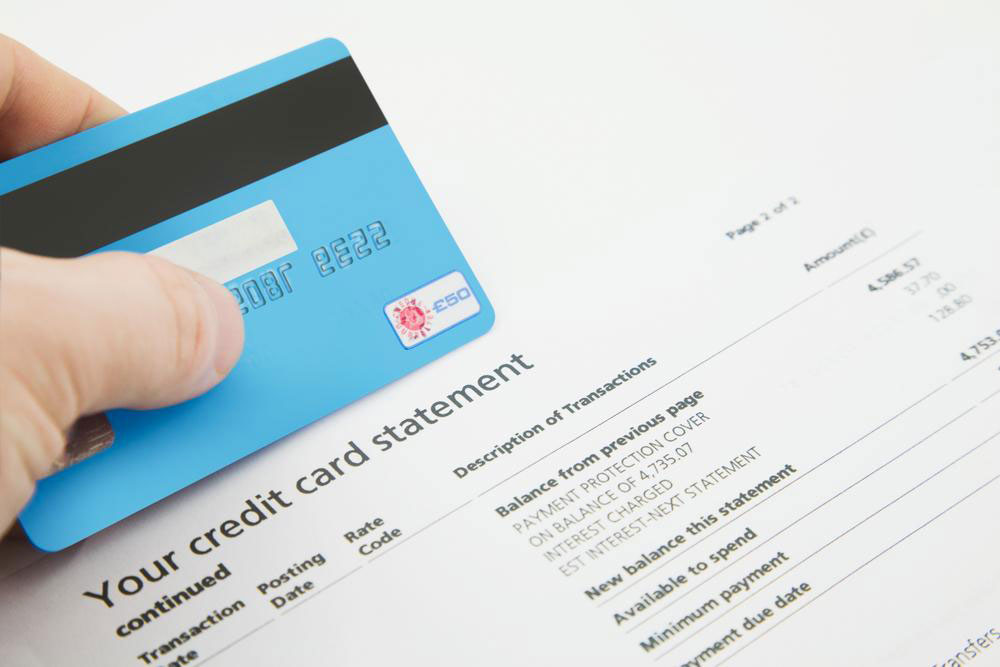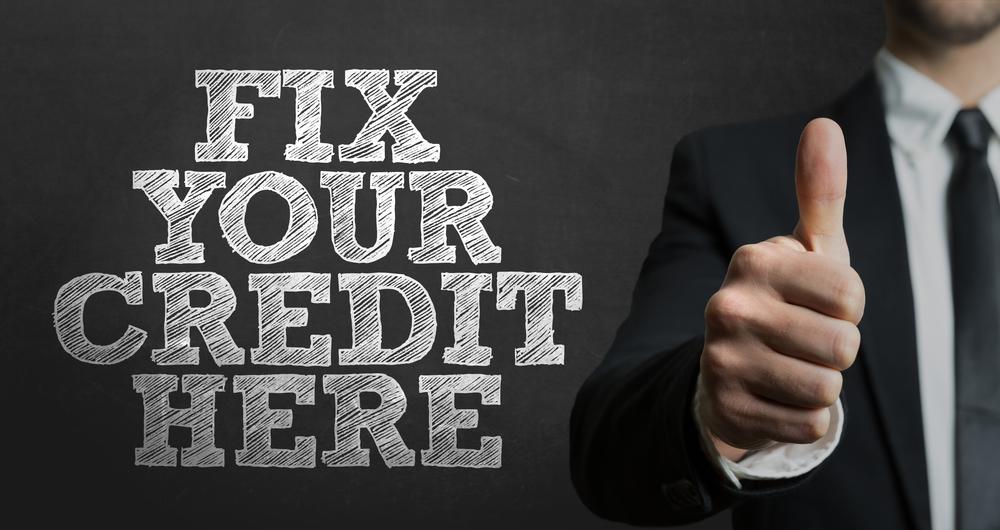Comprehensive Strategies for Buying an Apartment Without an Initial Down Payment
Discover comprehensive methods to purchase an apartment without a down payment, including boosting your credit score, leveraging seller financing, exploring government aid, and more. These strategies provide valuable pathways for aspiring homeowners facing financial barriers, making homeownership more accessible and achievable through careful planning and strategic financial moves.

Comprehensive Strategies for Buying an Apartment Without an Initial Down Payment
In the dynamic world of real estate, soaring property prices continue to present significant hurdles for prospective homebuyers. Traditionally, purchasing an apartment requires a substantial upfront investment, known as a down payment, often equating to 10-20% of the property’s total price. This initial cash requirement can be a major obstacle for many individuals aiming to become homeowners. However, thanks to evolving financial products, government assistance, and strategic planning, it is entirely possible to acquire an apartment without making a large initial payment.
Boost Your Credit Score to Unlock Better Financing Options
One of the most effective ways to facilitate a zero-down payment home loan is to maintain an excellent credit score. Lenders prioritize borrowers with a solid credit history because it demonstrates responsible financial behavior and reliable repayment capacity. An impressive credit score can qualify you for specialized mortgage products that either waive the down payment requirement or significantly reduce it. Building and maintaining a good credit profile involves timely bill payments, reducing existing debt, and limiting new credit inquiries. The higher your credit score, the better your chances of securing favorable loan terms that may include zero or low down payments.
Creditworthiness serves as a reflection of your financial reliability. Poor credit scores, often the result of missed payments or defaulted loans, significantly reduce your eligibility for no-down-payment mortgages. Therefore, proactively working to improve your credit score before starting your home search is essential. Regularly checking your credit report for inaccuracies, reducing credit card balances, and avoiding new debts are effective steps to enhance your credit profile.
Find a Trusted Co-signer to Strengthen Your Loan ApplicationIf your credit history isn’t optimal, enlisting a co-signer with a strong financial background can substantially improve your chances of loan approval. A co-signer guarantees responsibility for the loan, reassuring lenders of repayment security, often making them more willing to approve a mortgage without a down payment. The co-signer could be a family member, close friend, or trusted colleague—someone with a stable income and good credit. However, it’s important to recognize that if either party defaults on payments, both credit profiles will be affected, so this option should be pursued with mutual understanding and responsibility.
Seek Out Zero-Down Mortgage Programs from Reputable Lenders
Various financial institutions, including large banks, credit unions, and local community banks, offer specialized mortgage products that do not require a down payment. These programs are typically designed for qualified buyers with strong credit scores and stable income. The primary advantage of such loans is immediate access to homeownership without the need for savings on a down payment. However, these loans might involve higher interest rates, commonly around 4.17%, and stricter qualification criteria. It’s crucial to compare terms and choose lenders with transparent processes to ensure affordability and avoid hidden fees.
Leverage Personal Loans to Cover Entry Costs
Personal loans can serve as a flexible financing tool during the home buying process, especially for covering initial costs or part of the down payment. These loans often come with flexible repayment terms and can be faster to obtain than traditional mortgage options. Nonetheless, approval depends heavily on your credit history, income, and existing debt levels. Using a personal loan responsibly requires thorough financial planning to avoid overextending credit and jeopardizing your long-term financial health.
Explore Seller Financing for Creative Home Purchase Solutions
In some cases, property sellers are willing to finance the purchase themselves, either partially or entirely. Seller financing involves the buyer making payments directly to the seller over an agreed period, bypassing traditional lenders and reducing upfront costs. This approach can be particularly advantageous in a competitive housing market or for buyers with limited initial funds. When considering seller financing, it’s vital to carefully review and negotiate interest rates, repayment schedules, and legal terms to ensure the arrangement remains beneficial and manageable.
Utilize Government and Local Assistance Programs
Many governmental and community organizations offer grants, subsidies, and loan programs aimed at helping qualified buyers with their initial down payment or closing costs. These programs often target specific demographics, income levels, or regions, making homeownership more accessible for first-time buyers or low-to-moderate-income individuals. Applying for such assistance can significantly reduce financial barriers, enabling more people to realize their dream of owning an apartment without an initial deposit.
While property prices continue to fluctuate across regions, these strategies provide tangible pathways for those looking to purchase an apartment without the traditional initial down payment. Success in these endeavors requires careful planning, thorough research, and strategic use of available financial tools. By understanding your financial position, leveraging available programs, and exploring alternative funding options, you can convert your homeownership aspirations into reality even if you currently lack substantial savings.





